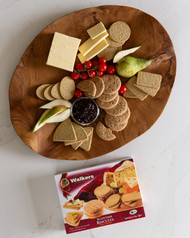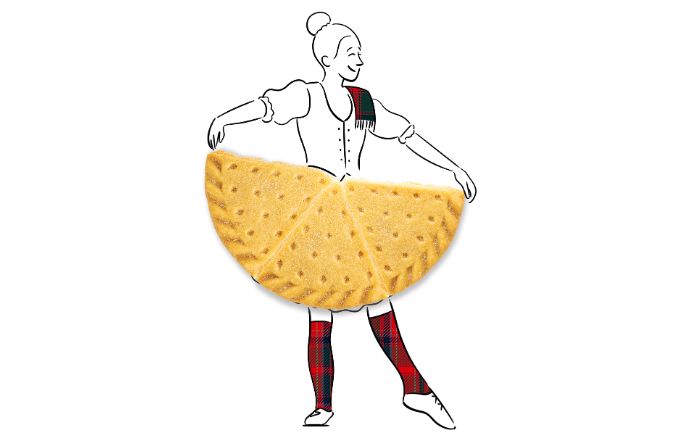Create a Proper Cheese Plate
Nov 11th 2016
With just a little effort, go to the next level from ‘putting out cheese and crackers’ to a cheese board that will impress. A cheese platter stands alone as a focal point of an afternoon or evening get-together and ensure you stand out as a dynamite host.
-
- Cheese. While pre-sliced varieties may have an air of convenience, cheeses served in this manner dry out faster than fresh whole blocks or rounds. (Although bite-sized cheeses are ideal for larger events.) Opting for larger pieces not only preserves freshness, it allows guests to pick and choose the serving size they desire. Rather than limiting your guests to one or two cheeses, offer a range of flavors of 3-4 varieties to meet varying tastes of individual guests. When selecting cheeses, aim for a soft, hard, aged and/or blue. Steer clear of cheeses enhanced with herbs or other flavorings because those could clash with the flavors of the accoutrements. Let the accoutrements layer the flavors and use the cheese as your base. If you are expecting guests with dairy allergies, there are dairy-free choices such as soy-based and nut-based cheeses. Plan for 2-4 ounces of cheese per guest (and lean toward the higher side if your cheese board is the standalone food source for your event).
- Pairings. Follow a “rule of three” (or four) when selecting the accoutrements to serve on your cheese board with the cheeses you’ve chosen. Pay attention to textures and colors when choosing your variety of sweet and savory. When it comes to textures, crostini packs a sharper crunch than a crumbly Highland Oat Cracker. Base your decisions on the types of cheeses. A simple Walkers Oat Cracker will not overpower strong cheese varieties, and a soft garlic baguette can enhance a hard mild cheese. A few sweet choices are a compote or jam as spreadable possibilities, or keep your presentation simple with seasonal berries. An oat cracker with creamy brie topped with a blueberry packs layers of flavors for spring and summer entertaining. When it comes to savory choices, some charcuterie (salami, prosciutto) or olives or pickled rind help highlight the personalities of mild cheeses. Add a mild crunch with a nut option too. For those planning a post-feast dessert-style cheese board, opt for two sweet options and minimize the savory pairings. Simply reverse the ratio of sweet-to-savory for pre-entrée boards.
- Cheese board. Don’t get too caught up with the items being served and overlook the main stage: Your serving platter. Cheese boards come in a few varieties, and for good reasons. Wood, slate, and marble cheese boards each have their own benefits. When choosing wood, check to make sure the board is a hardwood. This provides peace of mind that cutting the cheeses won’t lodge food matter into the grain. Slate offers a prime contrast backdrop for the cheeses, highlighting the nuances of their colors. It’s also much easier to clean and maintain than wood. Slate can also be chilled prior to serving, so it can help keep cheeses cool, and there is no worry that bacteria may lurk in cuts like on wood. Marble offers similarly beneficial options. Marble can be chilled, is easy to clean, but it may be a little rough on the life of knives.
When prepping a cheese platter, chat with your local farmers market or “cheesemonger” to help source the varieties best suited for your needs. When displaying items on the board, arrange pieces next to differing textures and colors. Thoughtful arrangements made with these efforts help highlight the variety and create a striking display. Velvety baked brie beside a bright fruit compote is more visually stimulating and inviting than a pale palette of white cheddar, a baguette and Marcona almonds. While the latter pairs well together, the display could be brightened if prosciutto or olives were positioned nearby for a pop of color.No matter what cheeses and accoutrements adorn your event, plan ahead and allow the cheeses to come to room temperature before serving. About an hour before guests arrive is a good time to target. Plus, that gives the host time to relax or dress up other dishes before the fun starts!
 US
US UK
UK
